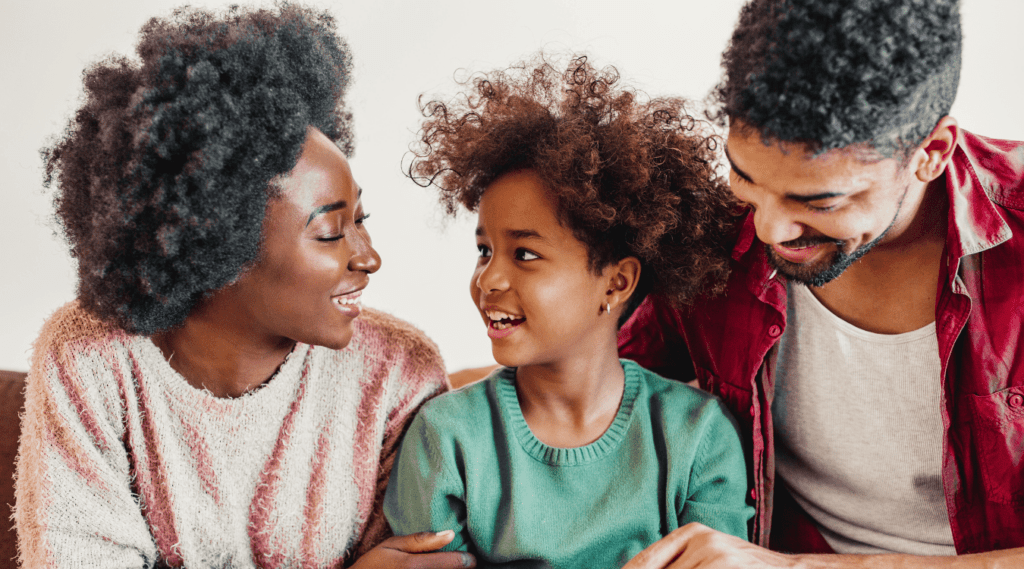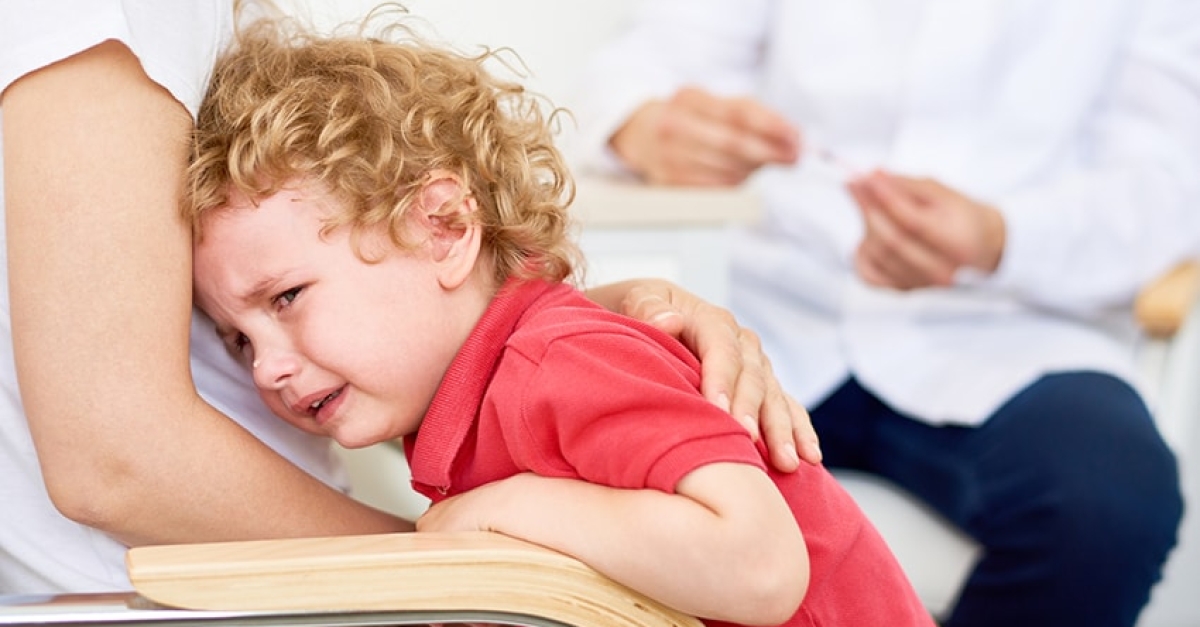What Strategies Calm Disruptive Children?
To calm disruptive children, set clear boundaries with consistent consequences. Use positive reinforcement like rewards and praise. Foster open communication to understand their behavior better. Create a soothing environment with calming elements. Teach them emotional regulation skills through coping strategies. Consider seeking professional support when needed. Remember, patience and empathy go a long way in connecting with them. These strategies can make a real difference in managing their behavior and emotions effectively.
Key Takeaways
- Create a calming environment with soft lighting and cozy seating.
- Teach emotional regulation skills like mindfulness and coping strategies.
- Foster open communication channels for children to express themselves.
- Use positive reinforcement techniques to reward good behavior.
- Seek professional support from therapists for structured interventions.
Setting Clear Boundaries

To effectively manage disruptive behavior in children, setting clear boundaries is essential in providing structure and guidance. Establishing behavior expectations helps children understand what’s acceptable and what’s not. When children know the boundaries, they feel secure and are more likely to exhibit positive behaviors. Consistency is key in enforcing these boundaries to make sure that children understand the consequences of their actions.
Effective consequences play an important role in reinforcing these boundaries. It’s vital to guarantee that the consequences are logical and related to the misbehavior. When children understand the direct link between their actions and the resulting consequences, they’re more likely to modify their behavior accordingly.
However, it’s essential to remember that consequences should focus on teaching rather than punishing. By using consequences as a tool for learning, children can develop a better understanding of cause and effect, leading to improved behavior in the long run.
Positive Reinforcement Techniques

You can utilize positive reinforcement techniques to guide disruptive children towards better behavior.
By rewarding good behavior and encouraging positive interactions, you can help children understand the benefits of behaving appropriately.
Research shows that positive reinforcement can be a highly effective tool in shaping children’s behavior and promoting a more harmonious environment.
Rewarding Good Behavior
Utilizing positive reinforcement techniques is a proven strategy to encourage and reinforce good behavior in children who may be disruptive. Behavior charts and token economies are effective tools that provide visual cues and incentives for children to track and improve their behavior. By setting specific goals and rewarding progress with tokens that can be exchanged for rewards, children are motivated to exhibit positive behaviors consistently.
In addition to token economies, offering praise and rewards for good behavior can have a notable impact on a child’s willingness to engage in desired actions. Verbal praise, such as acknowledging a child’s efforts or specific achievements, can boost their self-esteem and reinforce the behavior you want to see. Tangible rewards, like stickers or small treats, can also serve as immediate reinforcements for positive actions.
Research supports the idea that a combination of behavior charts, token economies, praise, and rewards creates a structured and positive environment that fosters good behavior in children, particularly those who may struggle with disruptive tendencies. By implementing these techniques consistently, you can effectively encourage and maintain positive behaviors in children.
Encouraging Positive Interactions
Encouraging positive interactions through effective reinforcement techniques is key in cultivating a supportive environment for children with disruptive behaviors. Role playing activities and group discussions can be powerful tools in fostering positive interactions among children. By engaging in role-playing scenarios, children can practice social skills, empathy, and conflict resolution in a safe and controlled environment.
Group discussions provide a platform for children to express themselves, listen to others, and learn from different perspectives.
Art therapy and mindfulness exercises are also effective in encouraging positive interactions. Art therapy allows children to express their emotions creatively, promoting self-awareness and emotional regulation. Mindfulness exercises help children develop self-control, focus, and empathy towards others.
These activities can enhance children’s ability to communicate effectively, collaborate with peers, and build positive relationships.
Consistent Discipline Methods

Consistent discipline methods play an essential role in effectively managing disruptive behavior in children. By implementing strategies such as behavior charts with clear consequences, you can provide a structured framework for your child to understand the expected behaviors and the outcomes of their actions.
Consistency is essential when it comes to discipline. Establishing consistent routines and enforcing consequences for both positive and negative behaviors help children feel more secure and understand the boundaries.
Behavior charts are a useful tool for tracking behavior patterns and progress over time. By visibly displaying the expectations and consequences, children are more likely to stay on track.
Consistency in enforcing these rules is critical. When consequences are consistently applied, children learn that their actions have predictable outcomes, which can help reduce disruptive behaviors in the long run.
Encouraging Open Communication
To foster a more harmonious relationship with your child and address disruptive behaviors effectively, fostering open channels of communication is essential. Active listening plays an important role in this process. By actively listening to your child’s thoughts, feelings, and concerns without judgment, you create a safe space for them to express themselves. This not only helps you understand the underlying reasons for their disruptive behavior but also shows your child that their voice is valued.
Building trust is another vital aspect of encouraging open communication. When your child trusts that you’ll listen to them and take their feelings seriously, they’re more likely to open up about what’s bothering them. Trust is built over time through consistency, empathy, and understanding. By consistently showing up for your child, empathizing with their struggles, and validating their emotions, you lay the foundation for a trusting relationship where open communication can flourish.
Creating a Calming Environment
To help calm disruptive children, consider creating a soothing environment with soft lighting, cozy seating arrangements, and relaxing sensory elements.
Soft lighting can have a calming effect on children, reducing feelings of stress and anxiety.
Cozy seating arrangements and incorporating relaxing sensory elements can further contribute to a peaceful atmosphere that promotes a sense of security and comfort for children.
Soft Lighting Benefits
Soft lighting can greatly contribute to creating a calming environment for disruptive children. Natural light, or a simulation of it through soft, warm artificial lighting, has been shown to have a positive impact on mood and behavior. Dimmer switches are a simple yet effective way to adjust the lighting intensity, allowing for a smooth shift from bright to dim light, which can help soothe agitated children.
Research suggests that exposure to natural light helps regulate the body’s internal clock, leading to improved sleep patterns and overall well-being. By incorporating dimmer switches in the classroom or home environment, you can easily control the level of light to match the mood and activities, providing a sense of comfort and security for children who may be feeling overwhelmed or anxious.
Creating a space with soft lighting can make a significant difference in the behavior and emotional state of disruptive children. By harnessing the benefits of natural light and dimmer switches, you can establish a soothing atmosphere that promotes relaxation and focus.
Cozy Seating Arrangements
Implementing cozy seating arrangements can greatly enhance the calming environment for disruptive children. Providing comfortable cushions and creating cozy nooks where children can retreat to can make a significant difference in their behavior.
Research has shown that the physical environment plays an essential role in regulating emotions and behaviors, especially in children who may struggle with disruptive tendencies.
Comfortable cushions offer a sense of physical comfort and security, helping children feel more at ease and relaxed. By incorporating these soft elements into the seating arrangements, you aren’t only promoting a sense of coziness but also creating a safe space where children can unwind and de-stress.
Additionally, cozy nooks provide children with a private area where they can take a break from overstimulating situations. These designated spaces offer a retreat for children to calm down and regain their composure, ultimately fostering a more peaceful and conducive learning environment.
Relaxing Sensory Elements
Incorporate soothing sensory elements into the environment to create a calming atmosphere for disruptive children. Utilizing techniques like playing soothing music and incorporating calming scents can have a substantial impact on a child’s emotional state and behavior.
Numerous studies have highlighted the positive effects of music on mood regulation and stress reduction. By playing calming melodies or nature sounds in the background, you can help create a more serene environment that promotes relaxation and concentration for children struggling with disruptive behaviors.
Additionally, introducing calming scents such as lavender, chamomile, or vanilla can further enhance the calming atmosphere. These scents have been shown to have anxiety-reducing properties and can aid in creating a peaceful sensory experience for children in distress.
Teaching Emotional Regulation Skills

To effectively teach emotional regulation skills to children, it’s essential to provide consistent modeling of positive coping strategies in various situations. Engaging children in mindfulness exercises and deep breathing can help them develop emotional awareness and self-regulation. Encouraging them to identify and label their emotions is an important first step. By teaching children to recognize when they’re experiencing strong emotions, they can begin to understand the connection between their feelings and reactions.
It is important to create a safe and supportive environment where children feel comfortable expressing their emotions. Acknowledge their feelings and help them explore healthy ways to manage them. When children witness adults using calming techniques like deep breathing or taking a moment to pause before reacting, they learn valuable skills that can be applied in their own lives.
Through consistent practice and positive reinforcement, children can gradually enhance their emotional regulation skills, leading to improved behavior and overall well-being. Remember, patience and understanding are key components in guiding children towards mastering these essential skills.
Seeking Professional Support
Consider consulting with a mental health professional or therapist to gain valuable insights and support in addressing disruptive behavior in children. Therapy sessions can provide a safe and structured environment for both the child and caregiver to explore the underlying causes of disruptive behavior. Through therapy, children can learn coping mechanisms, emotional regulation skills, and effective communication strategies. Additionally, counseling options can offer personalized interventions tailored to the specific needs of the child. A mental health professional can conduct assessments to identify any underlying mental health conditions contributing to the disruptive behavior and develop a treatment plan accordingly.
Therapists can also work collaboratively with parents or caregivers to provide guidance on how to best support the child at home. Seeking professional support not only benefits the child but also equips caregivers with the tools and knowledge needed to navigate challenging behaviors effectively. Remember, reaching out for help is a proactive step towards creating a more harmonious environment for both the child and the family.
Practicing Patience and Empathy
Practicing patience and empathy towards disruptive children is vital in fostering a supportive and understanding environment conducive to positive behavior change. By incorporating mindfulness exercises into your interactions, you can help children cultivate emotional understanding and self-regulation. Mindful breathing exercises or grounding techniques can assist in calming heightened emotions and promoting a sense of control.
Engaging in empathy activities allows you to connect with disruptive children on a deeper level. By actively listening and acknowledging their feelings, you demonstrate that their emotions are valid and worthy of attention. This emotional understanding can lead to a stronger bond and increased trust between you and the child.
Additionally, patience practice is important when dealing with disruptive behavior. It’s crucial to remember that behavior change takes time and consistency. By remaining patient and consistent in your approach, you create a stable and predictable environment that supports the child’s growth and development.
Through the combination of empathy, mindfulness, and patience, you can effectively calm disruptive children and foster positive behavioral changes.
Frequently Asked Questions
How Can Siblings Help Calm Disruptive Behavior?
Sibling support plays an essential role in behavior management. By collaborating with siblings, you can implement effective discipline techniques. Encouraging teamwork and setting consistent boundaries can help calm disruptive behavior and foster a harmonious family environment.
Is There a Recommended Age to Start Discipline Strategies?
Starting discipline strategies early is essential. Establishing consistent boundaries from a young age helps children understand expectations. Early intervention fosters positive behavior development. Research supports beginning discipline practices in toddlerhood for effective long-term results.
What if a Child’s Disruptive Behavior Worsens Over Time?
If a child’s disruptive behavior worsens over time, behavior therapy can provide structured interventions to address underlying issues. Seek parent support groups for guidance and strategies. Consistent, positive reinforcement and communication are key.
Are There Specific Calming Techniques for Different Age Groups?
When dealing with disruptive behavior, remember that toddlers’ tantrums and preschool power struggles require patience and consistency. Teenage meltdowns and adolescent outbursts may benefit from open communication and boundary setting. Tailoring strategies to specific age groups can be effective.
Can Disruptive Behavior Be a Sign of an Underlying Issue?
Sometimes disruptive behavior can signal underlying behavioral disorders. Seeking therapy can help uncover and address these issues. Parental support and understanding are essential in managing such challenges and creating a supportive environment for the child.
Conclusion
To sum up, calming disruptive children requires a combination of strategies:
- Setting clear boundaries
- Positive reinforcement
- Consistent discipline
- Open communication
- Creating a calming environment
- Teaching emotional regulation skills
- Seeking professional support
- Practicing patience and empathy
By implementing these strategies, you can help children better manage their emotions and behavior, leading to a more peaceful and harmonious environment for everyone involved.
Remember, every child is unique, so it may take time and experimentation to find what works best for each individual.

Chad Adan Kace, a young dad from Vermont, shares his parenting journey with a touch of humor and lots of love. Father to a lively baby, he explores the joys and challenges of fatherhood through his stories.







